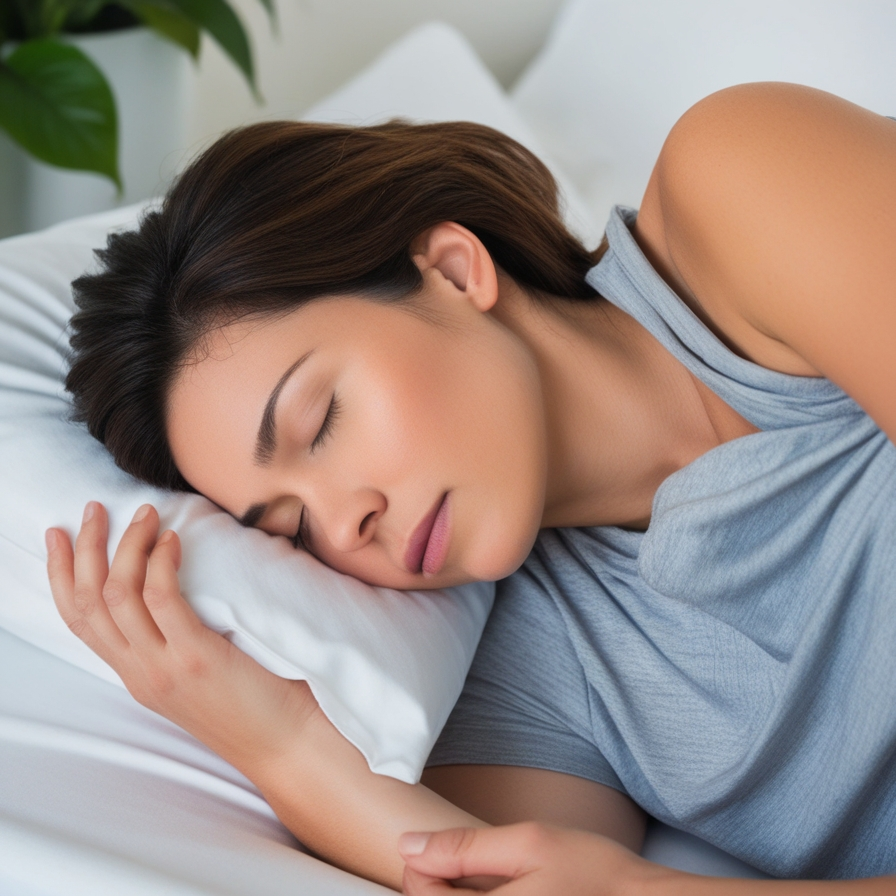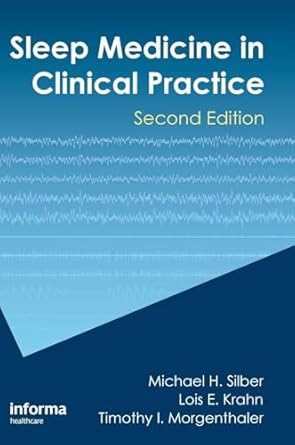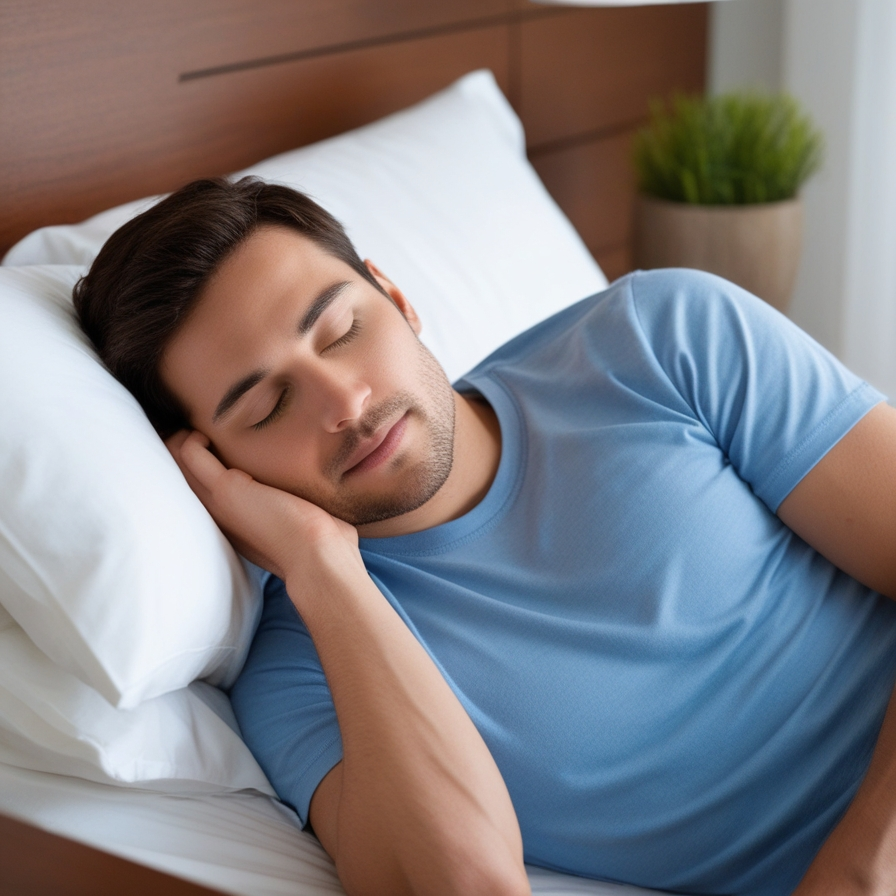Sleep: Tips for Better Rest and Improving Your Health
Sleep is a natural process that allows your body and brain to rest and perform vital activities.
Sleep is an important part of your daily routine—you spend about one-third of your time doing it. Quality sleep—and getting enough of it at the right times—is as essential to survival as food and water. Without sleep, you can’t form or maintain the pathways in your brain that let you learn and create new memories. Lack of sleep makes it harder to concentrate and respond quickly.
Sleep is important to a number of brain functions, including how nerve cells (neurons) communicate with each other. In fact, your brain and body stay remarkably active while you sleep. Recent findings suggest that sleep plays a housekeeping role that removes toxins in your brain that build up while you are awake.

Everyone needs sleep, but its biological purpose remains a mystery. Sleep affects almost every type of tissue and system in the body—from the brain, heart, and lungs to metabolism, immune function, mood, and disease resistance. Research shows that a chronic lack of sleep, or getting poor quality sleep, increases the risk of health problems like high blood pressure, cardiovascular disease, diabetes, depression, and obesity.
Function
Why do people sleep?
Modern medicine’s understanding of sleep is like a partially assembled jigsaw puzzle. Experts can identify some of the pieces and have an idea of what the big picture looks like, but they haven’t figured out how everything fits together.
Your body cycles between being awake and asleep throughout each day, with certain processes only happening when you’re asleep. When you’re asleep, your body “powers down” and most body systems — including your brain — become less active.
Some of the key things that happen while you’re asleep include:
- Energy conservation and storage. During the day, cells throughout your body use stockpiled resources to keep doing their jobs. While you’re asleep, your body uses less energy. That lets those cells resupply and stock up for the next day.
- Self-repair and recovery. Being less active makes it easier for your body to heal injuries and repair issues that happened while you were awake. That’s also why being sick makes you feel more tired and need more rest.
- Brain maintenance. While you’re asleep, your brain reorganizes and catalogs memories and learns information. This is like a librarian sorting and shelving books at the end of the day. It makes accessing and using things you learn and remember easier and more efficient.
How much sleep do I need?
Sleep is variable from person to person. The way that people sleep and how much they need can vary widely. The number of hours of sleep that are good for your health can also change during your lifetime.
In general, recommended sleep amounts by age are:
| Age | Amount of sleep needed |
| Newborns (birth to 3 months). | Between 14 and 17 hours. |
| Infants (4 months to 12 months). | Between 12 and 16 hours (including naptime). |
| Young children (ages 1 to 5). | Between 10 and 14 hours (including naptime). |
| School-aged children (ages 6 to 12). | Nine to 12 hours. |
| Teenagers (ages 13 to 18). | Eight to 10 hours. |
| Adults (18 and older). | Seven to nine hours. |
These sleep amounts apply to most people, but they aren’t universal. Some people need more sleep, and others need less. Variations in how much sleep you need may even be genetic. For example, some people can inherit the trait of being a “short sleeper” from a parent.
Personal circumstances and your health status can also affect how much sleep you need. People who are sick or recovering from an injury or medical procedure may need to sleep more. Pregnant people often need more sleep during the first trimester, too.
If you have questions about how much sleep you need, especially if it’s different from the amount recommended for your age group, talk to a primary care provider. They can help you understand when that difference might mean there’s a medical issue that needs exploring.
Do I have to get all my sleep at once?
No, getting all of your sleep at once isn’t a hard-and-fast rule. In fact, sleep customs commonly vary by culture and time period. Historically, some cultures embraced splitting nighttime sleep into two periods. Throughout the world, many cultures still embrace the habit of napping. Many have their own word for it (like “siesta” in Spanish-speaking countries or the “inemuri,” a short workplace nap that’s practiced in Japan).
But like too much of anything, napping comes with a drawback. Napping for too long can affect sleep quality overnight. There’s also an increased risk for certain health problems. Talk to your healthcare provider if you often nap or want to try it. That can allow you to get the most benefit from naps without the drawbacks.
What are the stages of sleep?
Sleeping doesn’t mean your brain is totally inactive. While you’re less aware of the world around you, you still have plenty of detectable brain activity. That brain activity has predictable patterns. Experts organized those patterns into stages. The stages fall broadly into two categories: rapid eye movement (REM) sleep and non-REM (NREM) sleep.
There are three NREM stages. When you fall asleep, you typically enter NREM stage 1 and then cycle between NREM stages 2 and 3. After that, you go into REM sleep and start dreaming. After the first REM cycle, you start a new sleep cycle and go back into stage 1 or 2, and the cycle starts over.
One cycle normally takes about 90 to 120 minutes before another begins. Most people go through four or five cycles per night (assuming they get a full eight hours of sleep).
What is stage 1 NREM sleep?
Stage 1 NREM sleep is the lightest stage of sleep. You enter stage 1 right after you fall asleep. This stage usually lasts only a few minutes, making up about 5% of your sleep time. After that, your sleep gets deeper, and you move into stage 2 NREM sleep.

What is stage 2 NREM sleep?
Stage 2 is still light sleep, but deeper than stage 1. During this stage, your brain waves slow down and have noticeable pauses between short, powerful bursts of electrical activity. Experts think those bursts are your brain organizing memories and information from the time you spent awake.
Stage 2 NREM sleep accounts for about 45% of your time asleep (the most of any stage). You’ll go through multiple rounds of stage 2 NREM sleep, and usually, each one is longer than the last. After stage 2, you move deeper into stage 3 NREM sleep or enter REM sleep.
What is stage 3 NREM sleep?
The deepest stage of NREM sleep is stage 3. It makes up about 25% of your total sleep time in adults. But babies and children need more stage 3 sleep, and the older you get, the less you need.
In stage 3, your brain waves are slow but strong. Your body takes advantage of this very deep sleep stage to repair injuries and reinforce your immune system. The same bursts of brain activity that happen in stage 2 can also happen in stage 3, and brain waves specific to stage 3 help regulate those bursts.
You need stage 3 NREM sleep to wake up feeling rested. Without enough stage 3 sleep, you feel tired and drained even if you slept for a long time. That’s why your body automatically tries to get as much stage 3 sleep into your sleeping period as early as possible. After stage 3 NREM sleep, your body moves into stage 2 NREM, which is the gatekeeper of REM sleep.

Because stage 3 NREM sleep is so deep, it’s hard to wake someone up from it. If they do wake up, they’ll probably have “sleep inertia,” a state of confusion or “mental fog.” Sleep inertia lasts about 30 minutes.
All Sleep Is Not the Same
Sleep: Tips for Better Rest and Improving Your Health Throughout your time asleep, your brain will cycle repeatedly through two different types of sleep: REM (rapid-eye movement) sleep and non-REM sleep.
The first part of the cycle is non-REM sleep, which is composed of four stages. The first stage comes between being awake and falling asleep. The second is light sleep, when heart rate and breathing regulate and body temperature drops. The third and fourth stages are deep sleep. Though REM sleep was previously believed to be the most important sleep phase for learning and memory, newer data suggests that non-REM sleep is more important for these tasks, as well as being the more restful and restorative phase of sleep.
As you cycle into REM sleep, the eyes move rapidly behind closed lids, and brain waves are similar to those during wakefulness. Breath rate increases and the body becomes temporarily paralyzed as we dream.
The cycle then repeats itself, but with each cycle you spend less time in the deeper stages three and four of sleep and more time in REM sleep. On a typical night, you’ll cycle through four or five times.
Don’t drink alcohol
Having a couple of drinks at night can negatively affect your sleep and hormone levels.
This is because alcohol is known to cause or increase Trusted Source the symptoms of sleep apnea, snoring, and disrupted sleep patterns. It also changes nighttime melatonin production, which plays a key role in your body’s circadian rhythm.
While an occasional drink at dinner or when you’re out in the evening isn’t likely to be harmful, consider avoiding drinking alcohol too close to bedtime on most nights.
